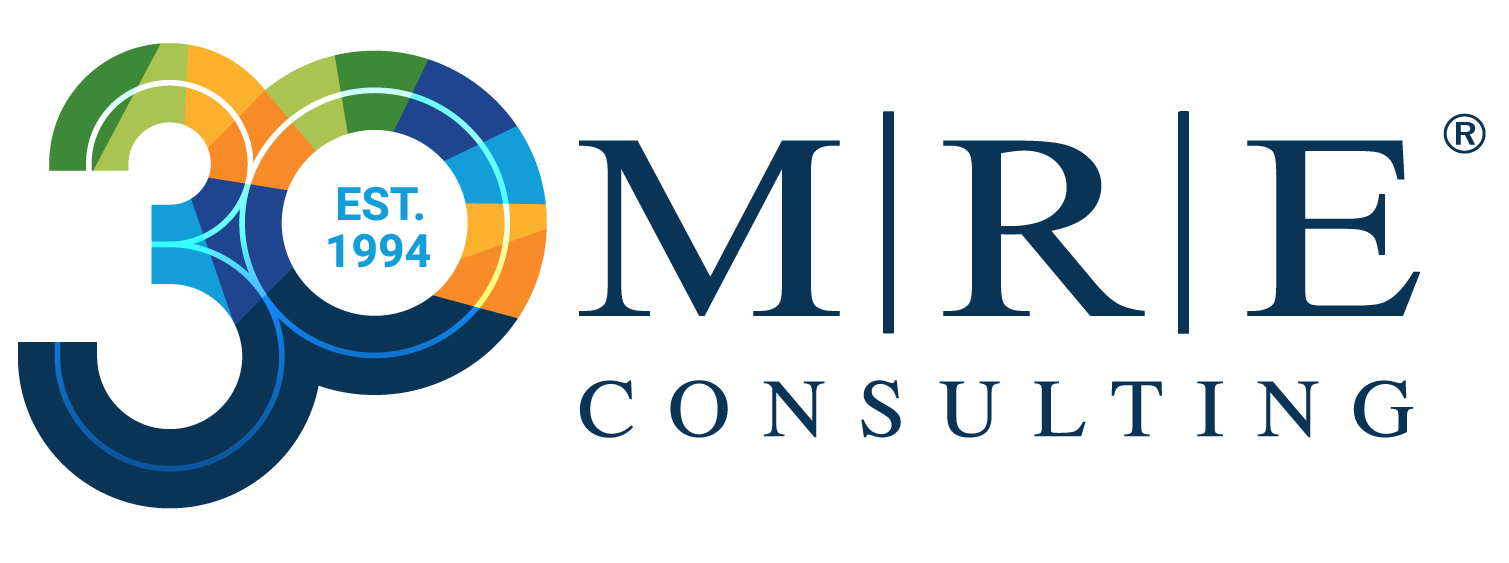What We Faced
Challenge
Getting a power outage notification because of severe weather or other unforeseen circumstances is not something anyone wants to receive. What is even worse? Not receiving that urgent notification in a timely manner. A major energy provider was searching for a more efficient way to manage and send customer communications.
The company was already notifying customers through multiple channels including email, phone call and text message. However, the logic and templates for these notifications were only accessible by IT, limiting the ability of business teams to update and maintain the overall branding, messaging, and formatting. Since the notifications were implemented over time, it resulted in having slight variations in the messaging, branding, and formatting.
Emails in particular, were sent through a combination of legacy systems, Microsoft Exchange and MuleSoft, which resulted in limited email performance metrics of the roughly 2 million notifications sent monthly. The company really needed an enterprise communications platform to gain a single view of the customer, create dynamic customer communications, and enable other multi-channel communications use cases.
The energy provider also faced an upcoming license expiration on their current legacy platform, which meant all communications had to be transitioned within the project timeline.
Implemented Technologies
Salesforce MArketing Cloud
What We Did
Solution
Our team built 28 notifications in Salesforce Marketing Cloud, which included both routine and time-sensitive updates which were delivered through email, phone call, and text message.
With the complexity of multiple legacy systems and different communication channels, our first action was to create a solution design that showed how data would move from legacy systems to Marketing Cloud to send communications to customers from start to finish. We identified all data needed to enable the communications, created the data model, and mapped out the solution design.
Time-sensitive communications like outage notifications were set up as Journey Builder Triggered Sends, so that emails, texts, and calls could be kicked off immediately without delay.
Routine communications were queued in Marketing Cloud and processed hourly. The energy provider requested that these types of communications not be sent during evening hours so that customers would not receive them while they were at home with family or enjoying their personal time. If a notification was created outside of these hours, the notification would be sent to a queue to process the following morning.
We also centralized the branding and messaging of the email templates, to provide consistency and improve their brand identity. MRE along with the provider’s Marketing team were able to streamline the email formatting through standardized templates in Content Builder.
For all emails sent from Marketing Cloud, the company now had visibility into email performance metrics like including confirming whether a notification had been delivered to the Inbox, opened by consumer, or bounced – intel that was not previously available. This information was synchronized back to the system of record for customer service agents, so they would have visibility to improve data quality issues as well as be able to reference in case of customer inquiries.
What did all this work ultimately provide? Streamlined communication with customers, better customer service, and improved credibility over time.
What We Delivered
Results
Not having power is challenging, but it’s a little easier when your energy provider tells you what to expect. By transitioning to an enterprise communications platform, Salesforce Marketing Cloud, the utility was able to streamline communications management, reduce technical debt and support their approach to customer communications more strategically.
The project resulted in:
- Ownership of branding and messaging by the customer service team, driving more brand consistency.
- Visibility into traditional email performance metrics of opened, clicked, bounced, etc. which will be surfaced to customer service teams in the legacy system.
- The build of exception handling processes, which identifies and shares emails that are bounced, undeliverable, or unsubscribed back to upstream systems for visibility and action.
- Reduced technical debt and effort related to updates/maintenance of communications by moving templates and messages from embedded in code to user configuration with a “WYSIWYG” editor, so they can be managed by a Marketing team.
- Streamlined rules for communication blackouts and queueing using configuration instead of code, so they can be managed by a Marketing Cloud Admin.
All teams involved are excited about how they can leverage Salesforce Marketing Cloud to engage the customer at every step of the customer lifecycle.
The utility company was successfully able to meet their go-live date and did not have to spend additional cost on renewing their legacy solution.






